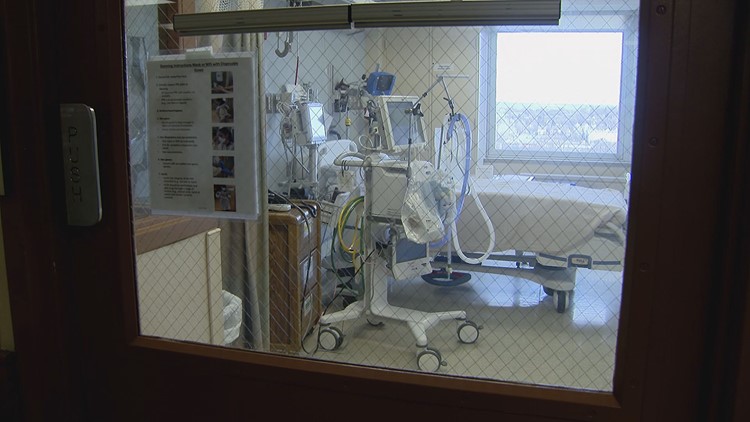MONTGOMERY, Ala. — A compliance review of a 2010 Alabama Emergency Operations Plan that dealt with ventilator usage came to a quick end when the state removed discriminatory language, agreed to clarify that the guidelines are no longer in effect, and not make similar provisions in the future.
A complaint was filed by the Alabama Disabilities Advocacy Program and The Arc of the United States alleging that Alabama had incorporated a 2010 document called “Criteria for Mechanical Ventilator Triage Following Proclamation of Mass-Casualty Respiratory Emergency” (2010 Criteria) as an annex to its Emergency Operations Plan. The 2010 Criteria allegedly allowed for denying ventilator services to individuals based on the presence of intellectual disabilities, including “profound mental retardation” and “moderate to severe dementia.”
Because the 2010 Criteria appeared to reference age as a potential category for exclusion, OCR’s compliance review looked at questions of both disability and age discrimination.
According to OCR, they determined that, as a recipient of HHS funds, Alabama is required to comply with the civil rights statutes listed above. OCR is concerned that following the 2010 Criteria could result in discrimination against persons with disabilities by denying or stopping ventilator services simply because an individual has an intellectual disability. Another concern is the potential for the 2010 Criteria to be used to impose blunt age categorizations, so that older people might automatically be deemed ineligible for life-saving care without any individualized assessment or examination and based solely on missing a strict age cutoff.
On February 28, 2020, Alabama released new Crisis Standards of Care (CSC) Guidelines. OCR was concerned because the 2010 Criteria were still available on some state webpages, and it was not clear whether any of their potentially problematic provisions could still be applied under the new Guidelines.
OCR says that after discussion with the State of Alabama and the Alabama Department of Public Health, the state agreed to remove all links to the 2010 Criteria from its websites and to comply with applicable civil rights law. It has also agreed to clarify publicly that the 2010 Criteria are not in effect; that it will not, in future CSC guidelines, include similar provisions singling out certain disabilities for unfavorable treatment or use categorical age cutoffs; and that it will also not interpret the current Guidelines in such a manner.
OCR says that based on Alabama’s responsive actions, it's closing its compliance review and complaint investigation as satisfactorily resolved without a finding of liability.
“OCR commends Alabama for quickly disavowing problematic triage plans and coming into compliance with federal civil rights laws within days of being contacted by our office,” said Roger Severino, Director of OCR. “Persons with disabilities have equal worth and dignity and should not be deprioritized for health care based on a supposedly lower ‘quality of life’ compared to persons without disabilities. Older Americans in Alabama can take solace knowing that their state will not impose blunt age cutoffs for ventilator allocation if, God forbid, there is a shortage.”
“Alabama and other states are free to and encouraged to adopt clear triage policies, but they must do so within the guardrails of the law. President Trump has mobilized the entire federal government to ensure that no person is left behind for lack of medical resources, but also that no one is excluded because of unlawful stereotypes or discrimination,” Severino concluded.
Alabama submitted the following statement to OCR for inclusion in this announcement. State Health Officer, Alabama Department of Public Health, Dr. Scott Harris said, “All people deserve compassion and equal respect, and with this in mind, the allocation of care cannot discriminate based on race, color, national origin, disability, age, sex, exercise of conscience or religion. This includes the use of ventilators during medical emergencies in addressing the needs of at-risk populations in Alabama.”
IN OTHER NEWS:



